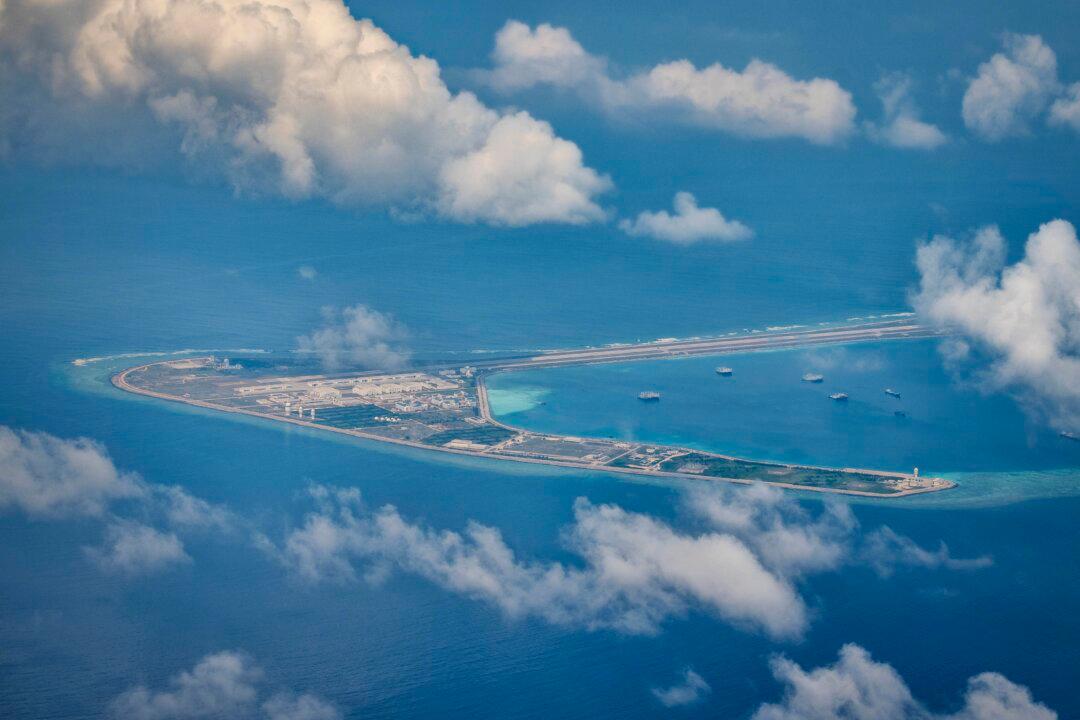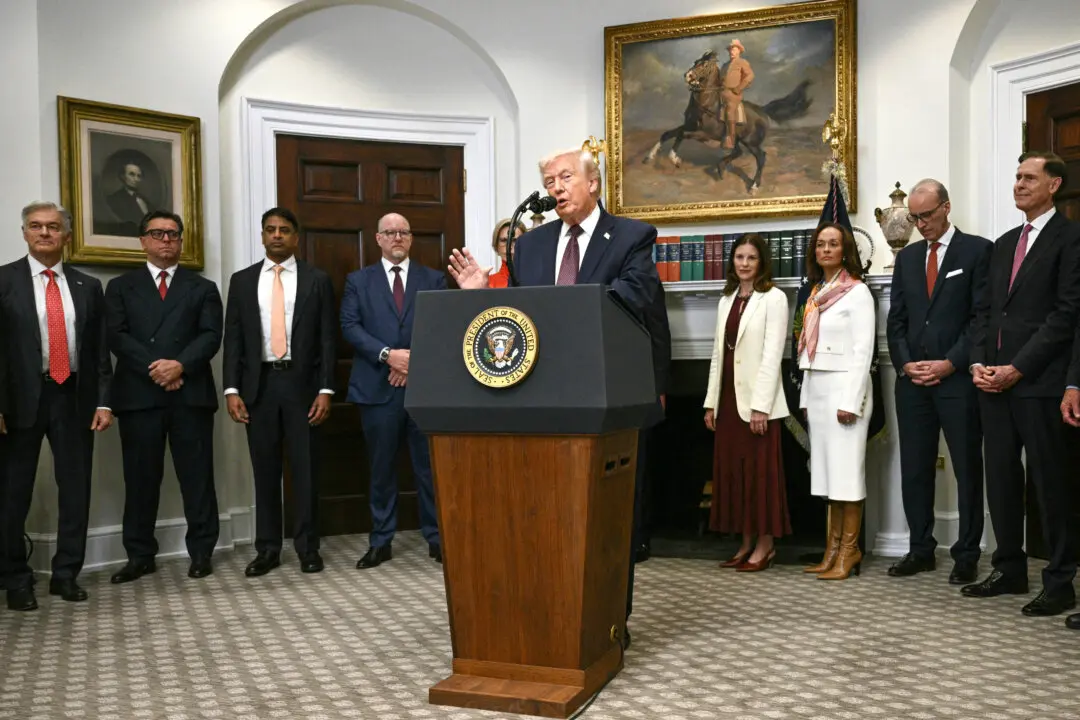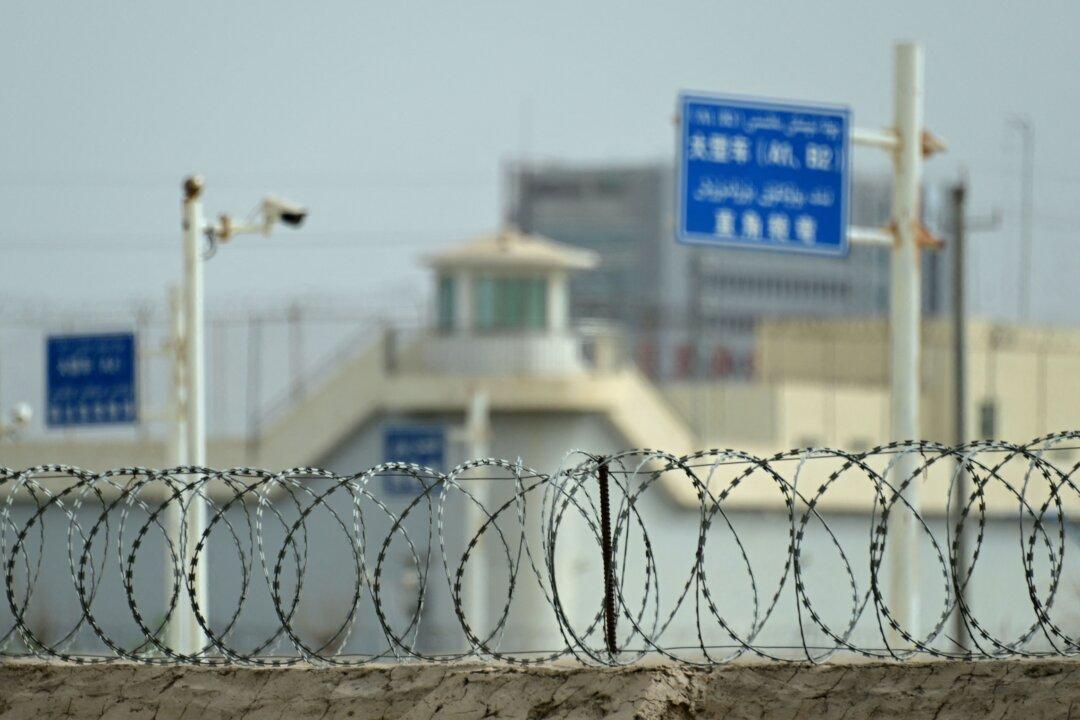Senior officials from the United States and China met in Beijing on Nov. 3 for what the State Department described as “substantive” and “candid” talks on maritime issues, including on the contested South China Sea.
The talks were held in Beijing between Mark Lambert, the department’s China coordinator and deputy assistant secretary for China and Taiwan, and China’s director-general for boundary and ocean affairs, Hong Liang.





